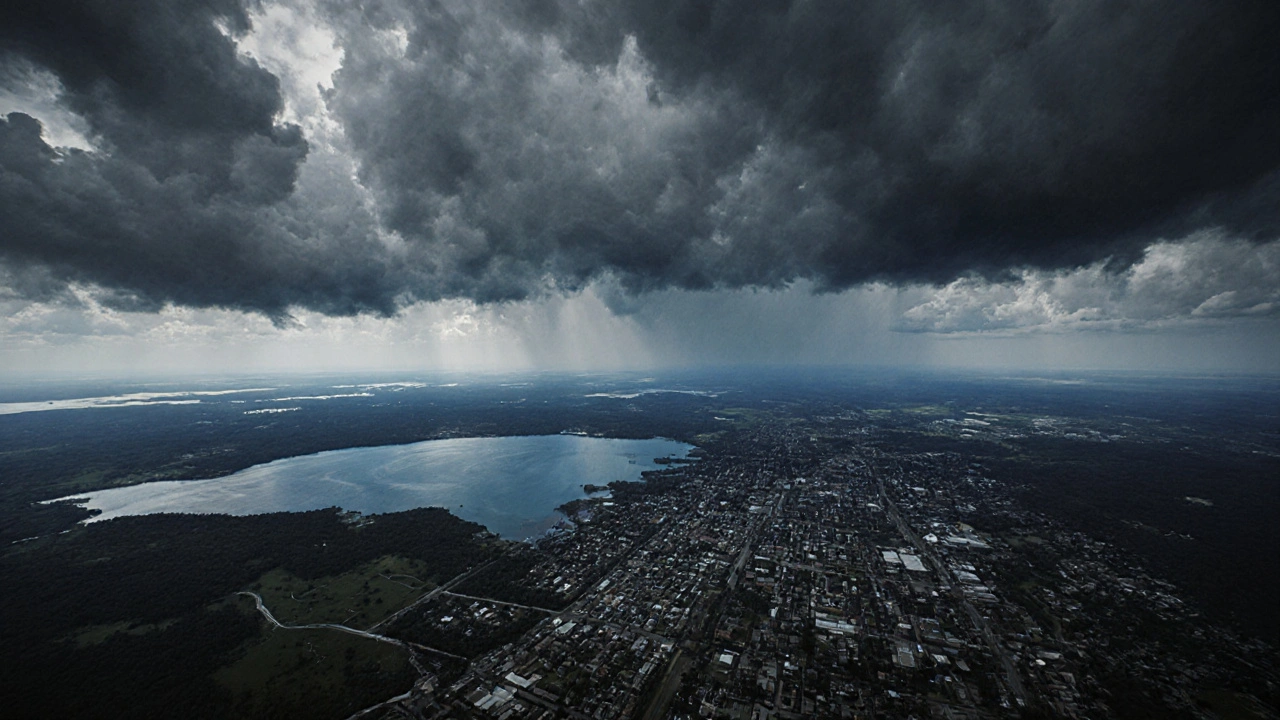Kissimmee Florida Hurricane – What You Need to Know
When talking about Kissimmee Florida hurricane, a tropical cyclone that hits the Kissimmee area in central Florida, bringing strong winds, heavy rain, and potential flooding. Also known as Kissimmee storm, it can reshape daily life in just a few hours. Understanding this event is the first step to staying safe, whether you’re a resident, a visitor, or a business owner.
Effective hurricane preparedness, the set of actions people take before a storm arrives, like securing belongings and stocking supplies hinges on clear evacuation routes, designated roads and pathways that guide residents and tourists out of danger zones. Knowing where the nearest highway, shelter, or high‑ground area is can shave minutes off a frantic scramble. The city of Kissimmee works with the Florida emergency management, the state agency that coordinates storm warnings, resource distribution, and post‑storm recovery to keep maps up‑to‑date and alerts accurate.
Why a Hurricane Matters Beyond the Wind
A Kissimmee Florida hurricane doesn’t just bring gusts; it ripples through the local economy and community. Storm damage can shut down theme parks, delay flights, and force hotels to cancel bookings, directly hitting the tourism sector that fuels most of the city’s revenue. At the same time, the housing market feels the pressure—properties may lose value, insurance premiums rise, and renters often face sudden hikes as landlords repair and reinforce homes.
Data from recent years show a clear link: when a major storm hits, the housing market, the collection of buying, selling, and renting activity in Kissimmee sees a short‑term dip, while long‑term recovery can stimulate construction jobs and new developments. The same storm can affect the city's poverty rate, pushing vulnerable families into tighter financial corners, and even influence rent costs as displaced residents scramble for affordable units. Understanding these ripple effects helps travelers plan budgets and locals anticipate community needs.
Another hidden challenge is the region’s geology. Kissimmee sits on karst limestone, meaning sinkholes already pose a risk. When heavy rain from a hurricane saturates the ground, the likelihood of a sinkhole event increases, adding another layer of danger for homeowners and developers. Keeping an eye on local geologic reports becomes part of smart hurricane preparation.
All of these pieces—preparedness steps, evacuation planning, storm‑induced economic shifts, and geological concerns—form a web that defines how a Kissimmee Florida hurricane shapes life in the area. The city's partnership with the National Weather Service, FEMA, and local shelters creates a coordinated response that aims to protect both locals and tourists.
Below you’ll find a curated list of articles that dive deeper into each of these angles: from budgeting for a post‑storm stay to understanding how housing prices fluctuate after a major storm, and tips on navigating evacuation routes during peak tourist season. Grab the insights you need, stay safe, and enjoy your time in central Florida with confidence.
- October 22 2025
- 15 Comments
- Lucas Harrington
Is Kissimmee Safe During Hurricane Season? 2025 Guide
Learn how safe Kissimmee, Florida is during hurricane season, understand the risks, and get practical steps to stay protected in 2025.
- Kissimmee Florida (24)
- Florida travel (24)
- Disney World Vacations (23)
- Crypto & Blockchain (10)
- Information & Privacy (5)
- Blockchain & Cryptocurrency (4)
- Disney Parks & Tips (3)
- Disney History (3)
- Travel (2)
- Travel Tips (2)
Categories
- December 2025 (16)
- November 2025 (41)
- October 2025 (16)
- September 2025 (6)
- August 2025 (3)
- July 2025 (3)
- June 2025 (2)
- May 2025 (2)
- April 2025 (1)
- March 2025 (6)
- February 2025 (11)
- January 2025 (1)
Archives
- Florida beaches
- Disney World
- Florida
- Kissimmee
- Florida travel
- Kissimmee demographics
- Disney World tips
- Disney vacations
- Disney 100
- theme park tips
- Disney celebration
- tourism
- Kissimmee Florida
- Disney secrets
- Disney history
- travel
- Disney World crowd calendar
- Disney World cost
- Disney World budget
- Kissimmee cost of living

